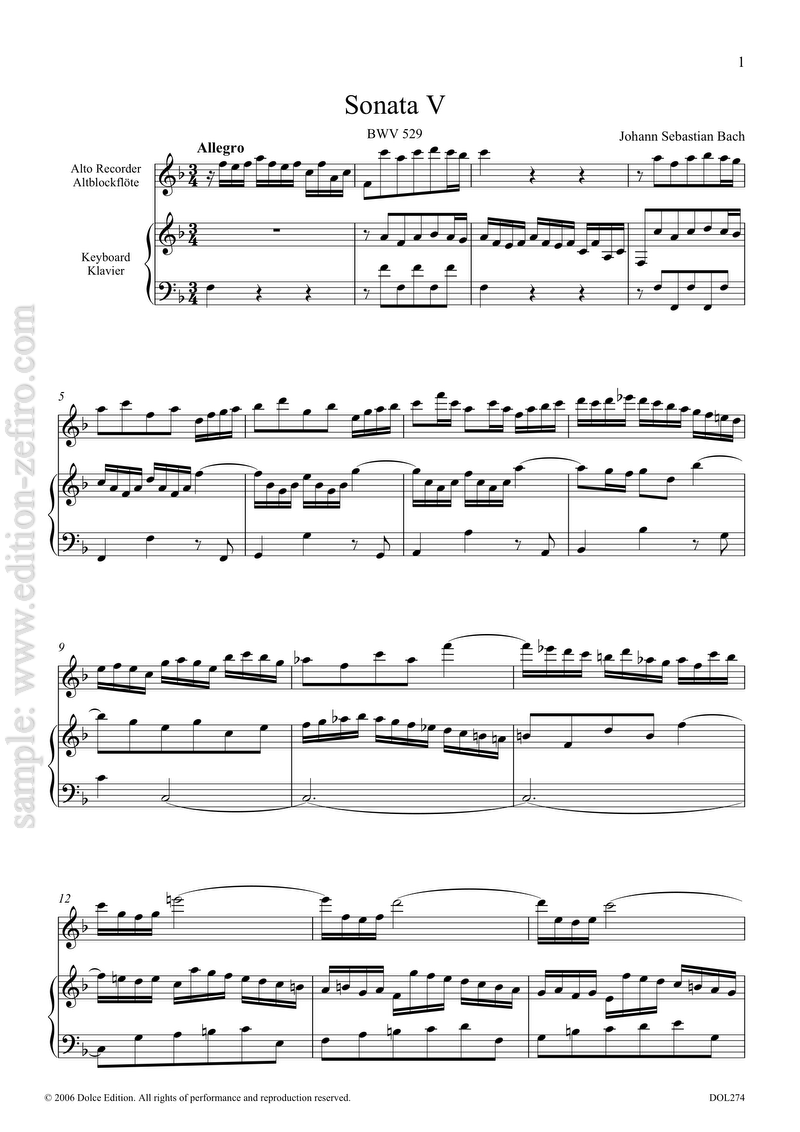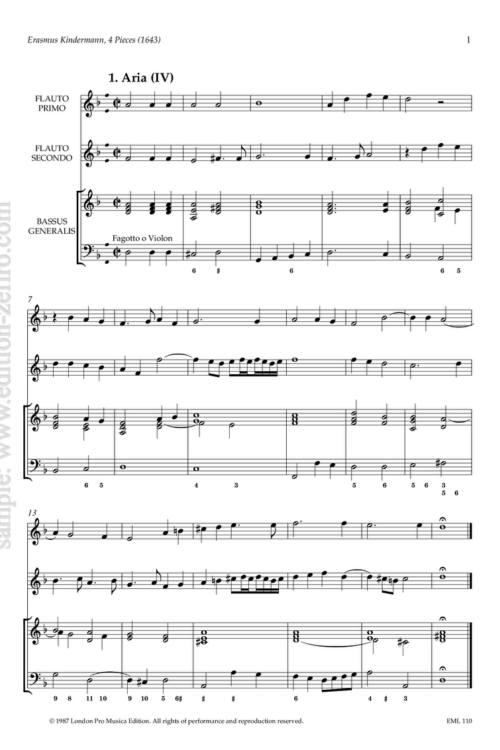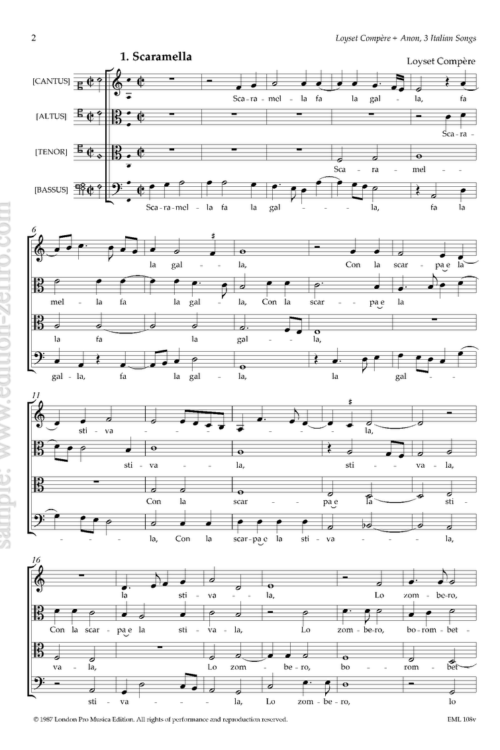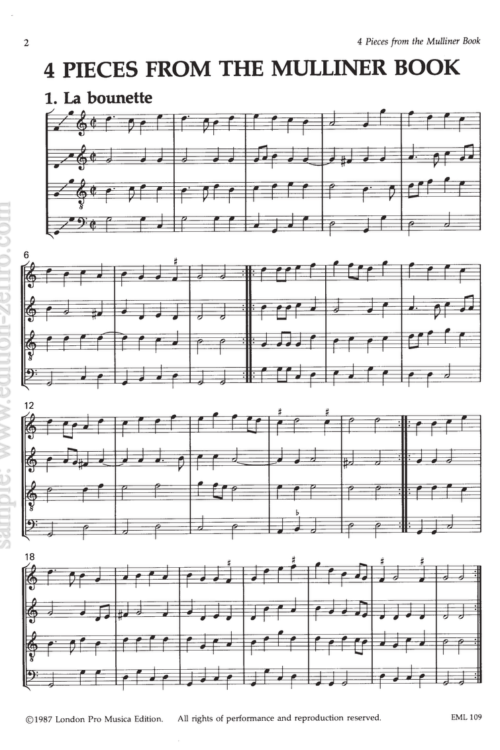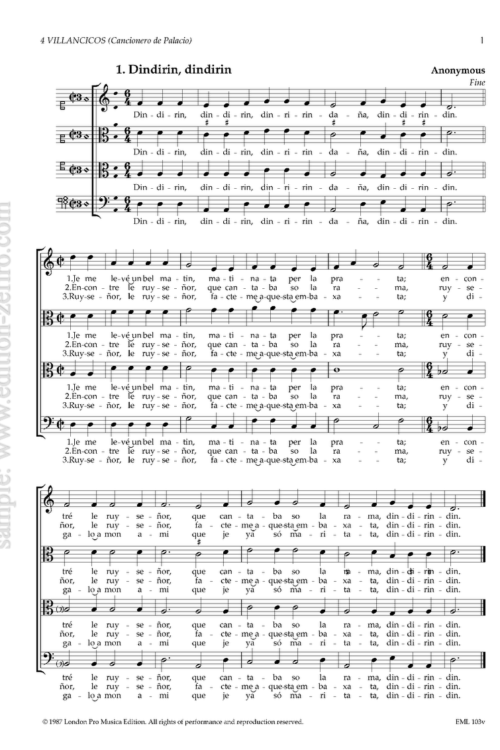J. S. Bach’s six organ trio sonatas (BWV 529-530) were composed for his eldest son, the gifted but problematic Wilhelm Friedemann Bach. They are masterpieces of harmonically enriched counterpoint, and often give the il- lusion that more than three parts are present, because of the harmonic and motivic density of the writing. The style is a fascinating mixture of Bach’s well-established counterpoint with more rococo and charming elements.
The slow movement of no. 3 was used again as the middle movement in the concerto for harpsichord, flute and violin BWV 1044. The first move- ment of no. 4 was developed from a sinfonia to the cantata “Die Himmel erzählen die Ehre Gottes” (BWV 76/8). The last movement of the same sonata was originally part of the long organ Prelude and Fugue in G, BWV 541.
Users should never forget that these transcriptions are arrangements, not original pieces, and therefore should be altered according to taste and acoustic necessity. Bon appetit!
(Bernard Thomas)


